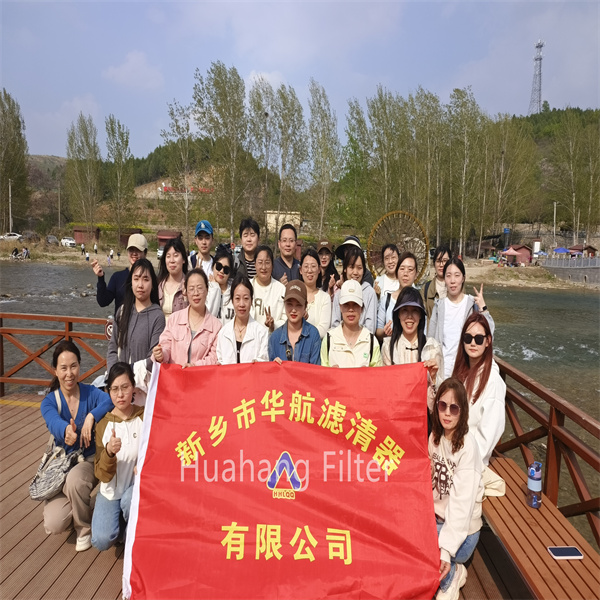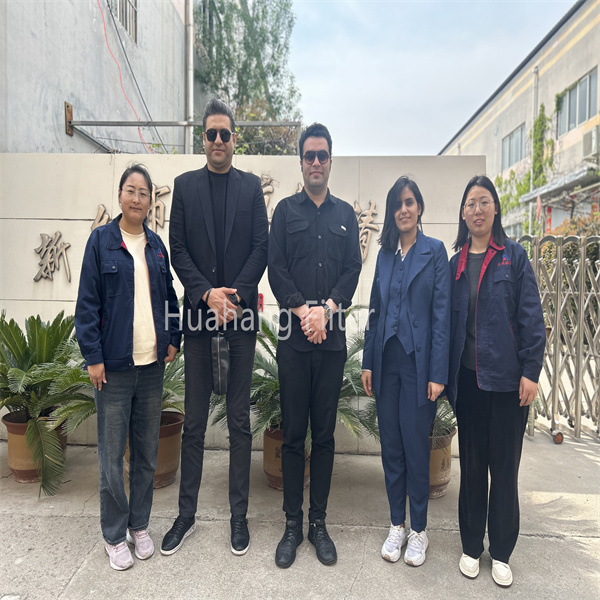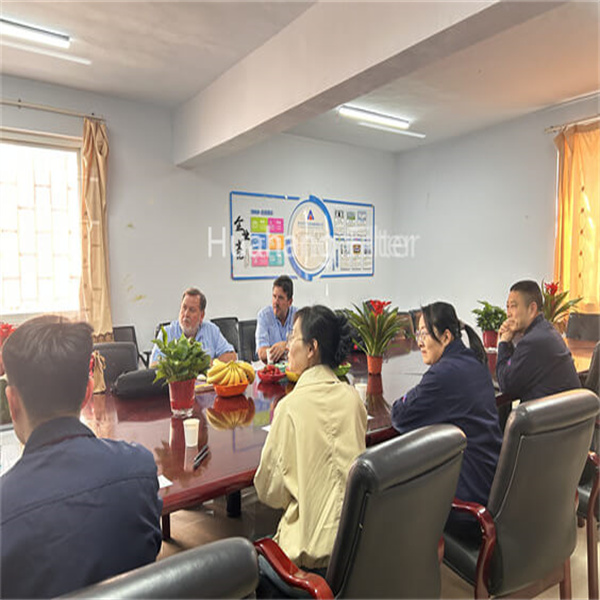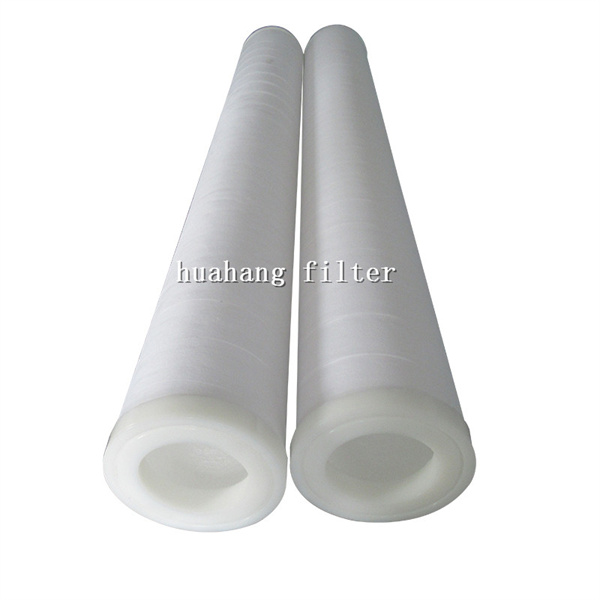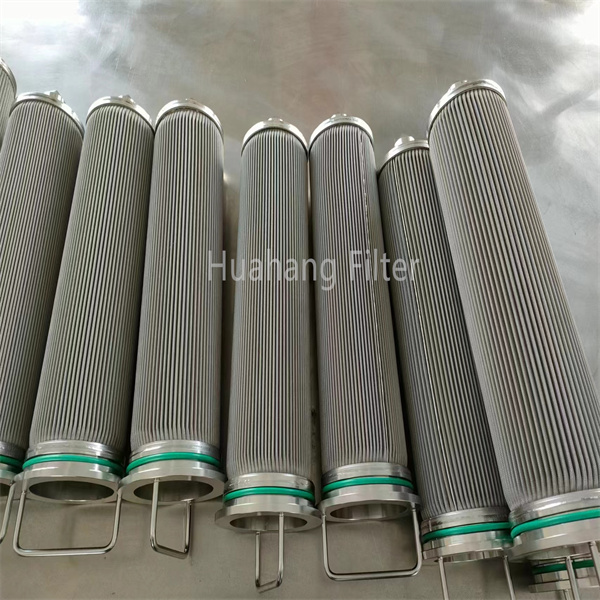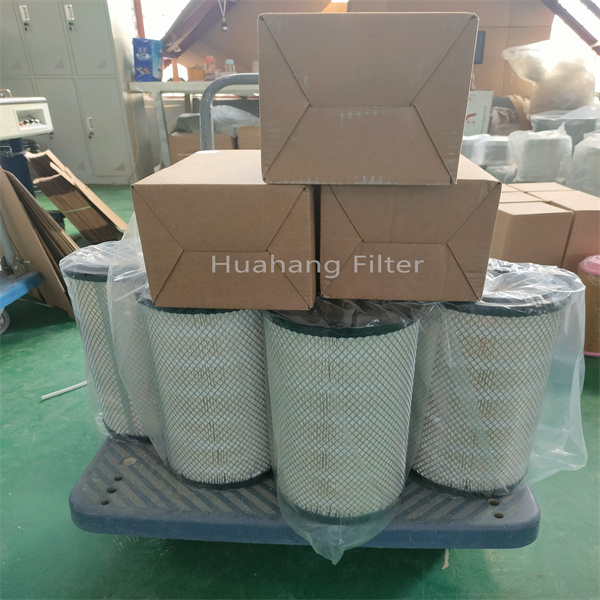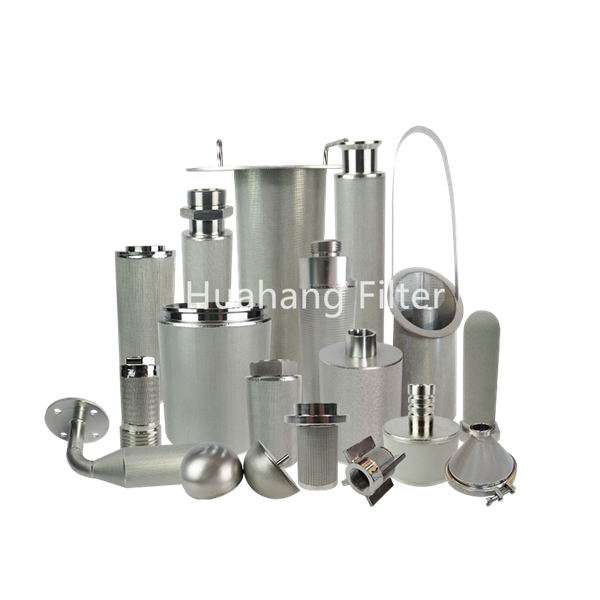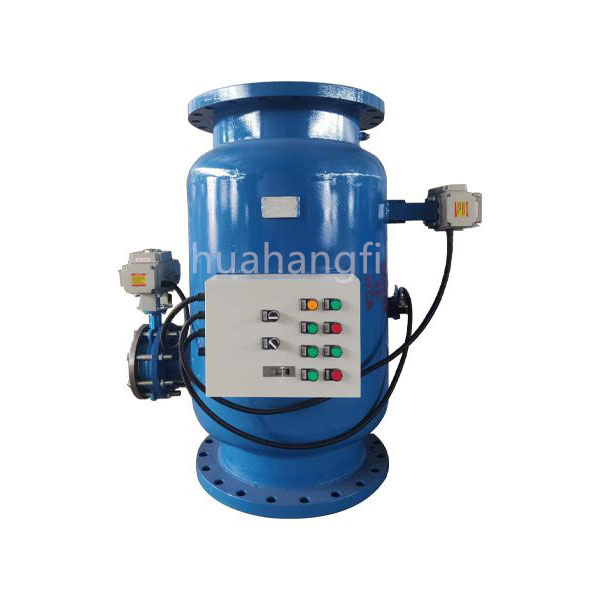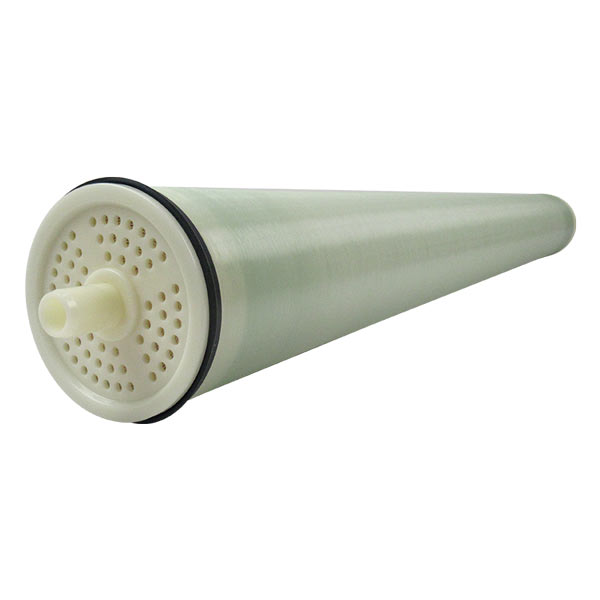Understanding the Working Principle of Backwash Filters
The working principle of backwash filters mainly includes the following aspects:
Normal filtering operation. When the filter is working properly, the water flows through the filter and uses the principle of inertia to deposit small particles, impurities, and suspended solids in the water near the discharge outlet. At this point, the water flow diversion valve remains open to facilitate the deposition of impurities.
Flushing and sewage discharge process. When cleaning the filter screen, the water flow diversion valve remains open. When the amount of impurities intercepted by the filter reaches a certain level, the valve on the discharge outlet is opened, and the impurities adhered to the filter are washed away by water flow until the discharged water becomes clear. After flushing, close the valve on the drain outlet and the system will return to normal operation.
Backwashing and sewage discharge process. During backwashing, the water flow diversion valve is closed and the drain valve is opened. This forces the water flow to enter the outer side of the filter cartridge through the mesh hole at the inlet section of the filter cartridge, and to reverse flush the impurities adhering to the mesh hole with the shell interlayer, thereby achieving the purpose of cleaning the filter cartridge. Due to the closure of the steering valve, the flow rate of water increases after passing through the backwash valve, resulting in better backwashing effect.
In summary, the backwash filter effectively removes impurities from water and protects the normal operation of other equipment in the system through three methods: normal filtration, flushing discharge, and backwashing discharge.






 Shay
Shay
